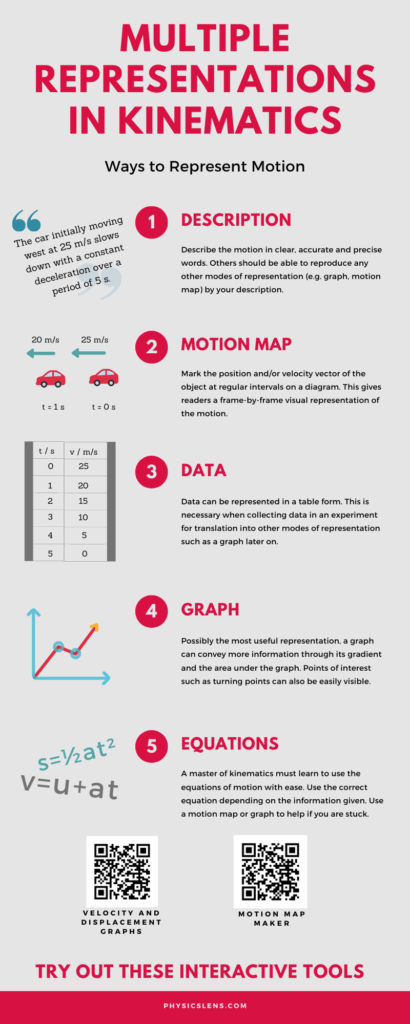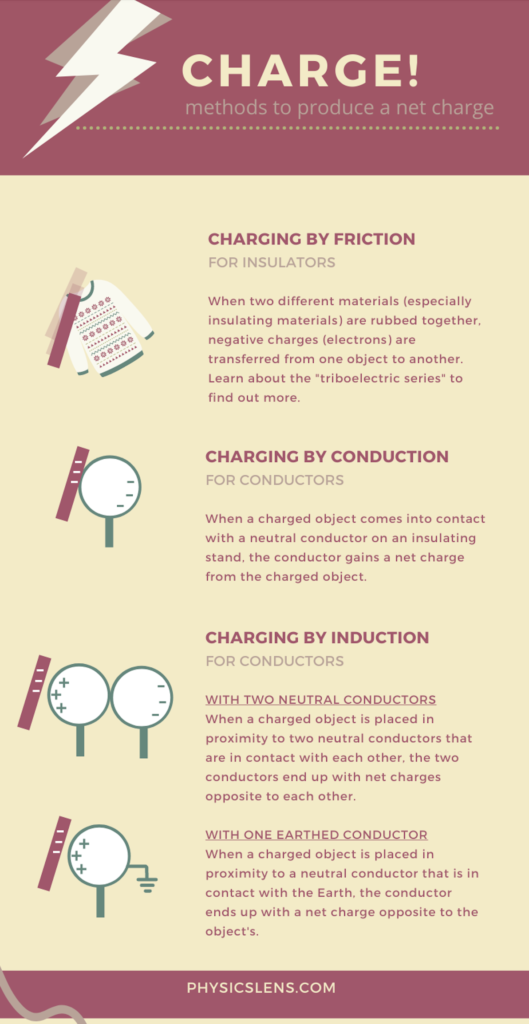In preparing for blended learning lessons for my JC2 students, I tweaked the Gravitational Potential applet made last year for a similar display of the electric potential between two point charges. This is a testament to the similarities between the two concepts as well as the ease of adapting a GeoGebra applet for education.
We can scaffold students’ learning using this interactive applet by asking questions such as:
- By observing the electric potential graph, are you able to find a point when the net field / force acting on a test charge is zero? What are the necessary conditions?
- The slope of the sum of the electric potentials is analogous to that of a physical slope where a ball will roll downhill in the same way that a positive test charge will accelerate based on the potential gradient. However, this analogy will work differently for a test charge that is negative. Why?
- Given that $E = -\dfrac{dV}{dx}$, where x is the distance from the point charge, is the direction of the E-field vector consistent with the negative of slope?
To paste this applet into SLS, use the following embed code. In SLS, create a new component within an Activity within a Lesson using the “+” button. Choose Text/Media and select the button that shows “</>” or reads Embed Website/App”. Copy and paste the following codes to the box.
<iframe scrolling="no" title="Electric Potential of Two Point Charges" src="https://www.geogebra.org/material/iframe/id/z8cr66wb/width/640/height/480/border/888888/sfsb/true/smb/false/stb/false/stbh/false/ai/false/asb/false/sri/false/rc/false/ld/false/sdz/true/ctl/false" width="640px" height="480px" style="border:0px;"> </iframe>
By embedding the gravitational potential distance graph for two masses, a comparison can be made between the two. This will help students draw connections between the two concepts based on the fact that the forces both follow an inverse-square law.
This is the embed code for the applet on gravitational potential.
<iframe scrolling="no" title="Gravitational Potential between Two Planets" src="https://www.geogebra.org/material/iframe/id/ff55x6vr/width/638/height/478/border/888888/sfsb/true/smb/false/stb/false/stbh/false/ai/false/asb/false/sri/true/rc/false/ld/false/sdz/false/ctl/false" width="638px" height="478px" style="border:0px;"> </iframe>
Like this:
Like Loading...

